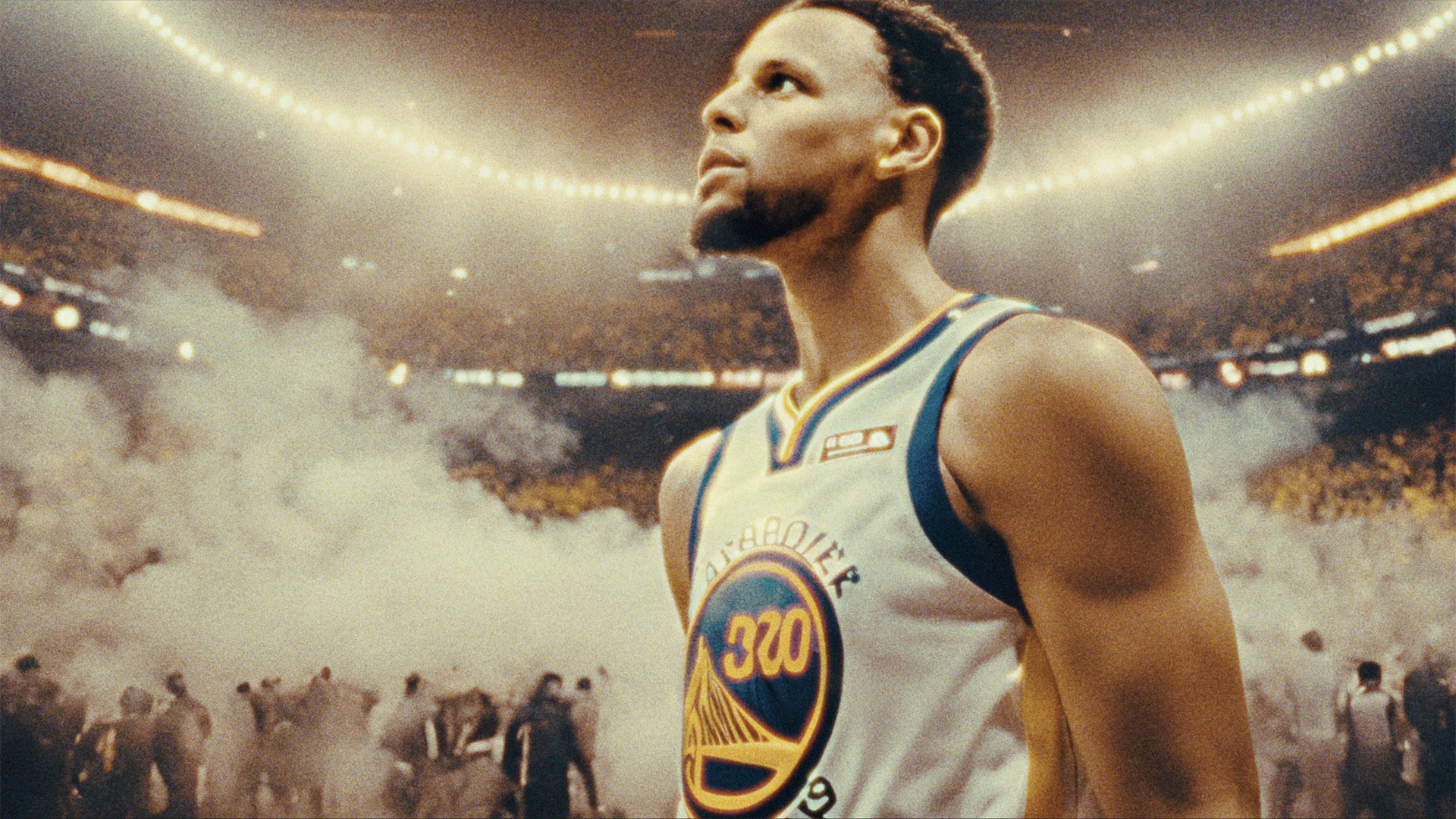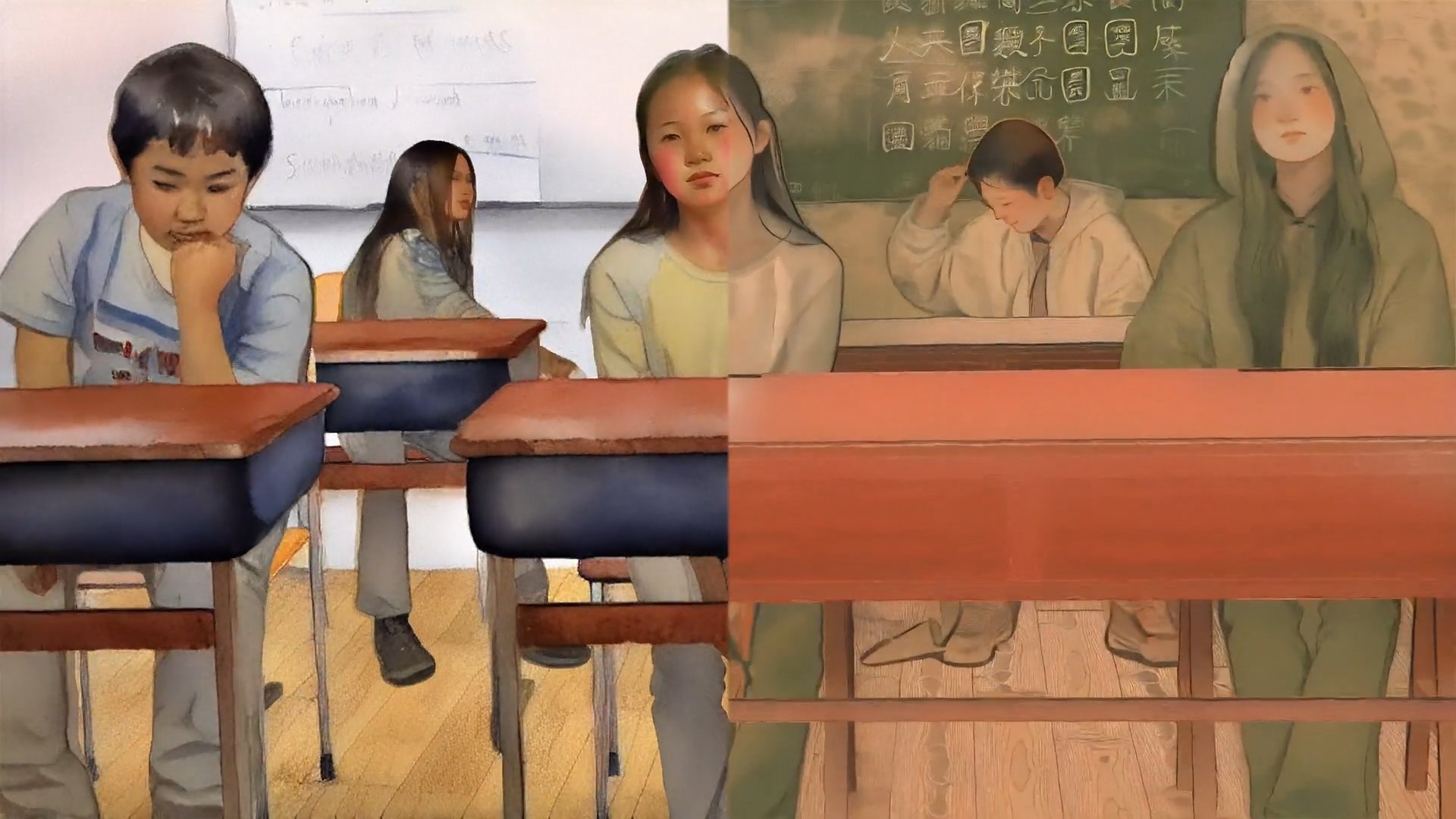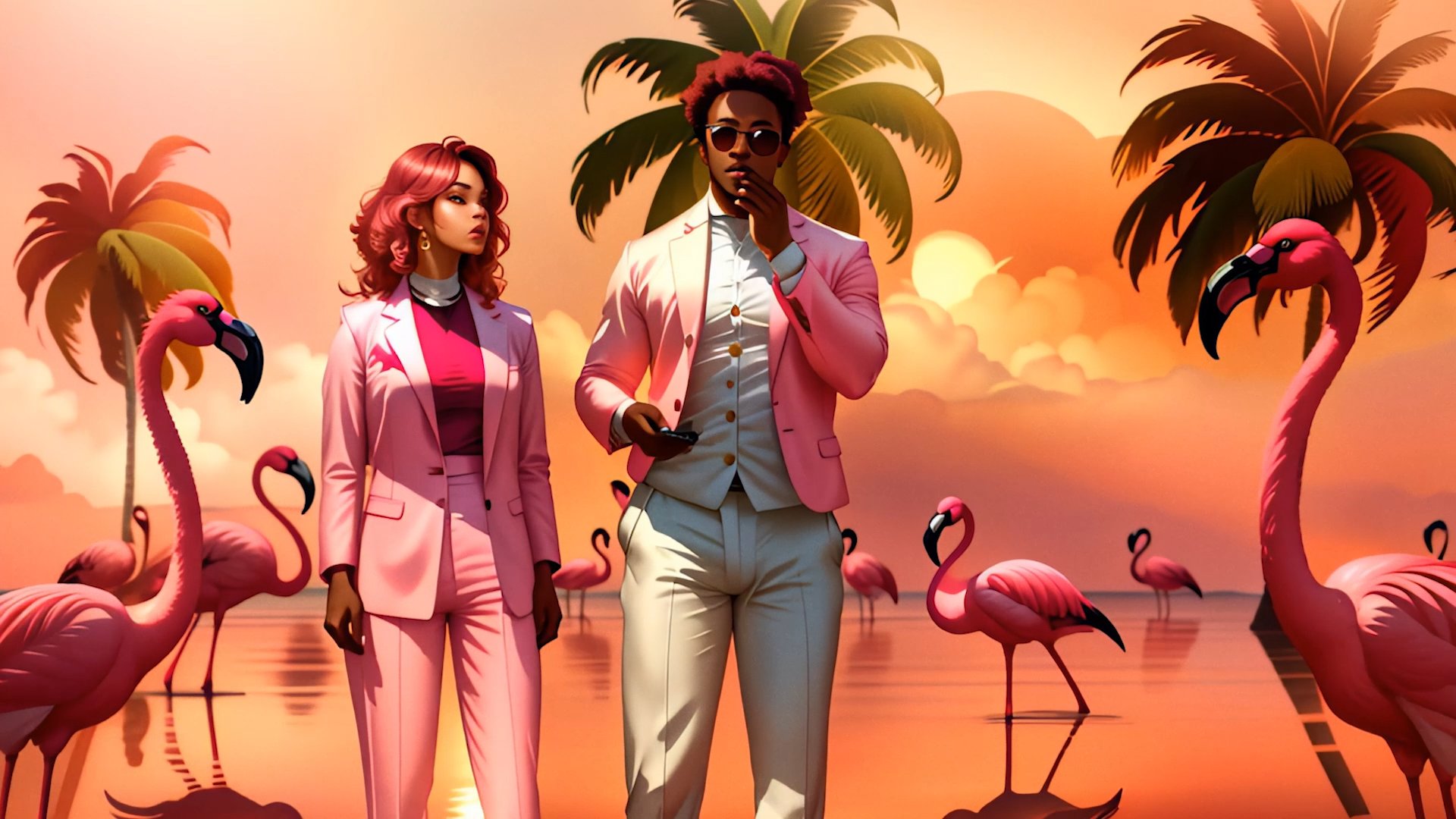Reimagining An Iconic Campaign with AI
As a member of Runway's Creative Partner Program, we wanted to explore creating a “remix” of the spot we shot earlier in the year with a new visual narrative using AI.
Using a combination of MidJourney and Runway Gen-2, we created a new version of the spot called “Protect The Dream”. Mixing live action footage shot from the original production with AI generated images to go inside the “dreams” of a champion like Steph Curry and visualize this in the new spot.
Q&A with Director Wes Walker
on the making of the experimental spot "Protect This Dream"
Can you tell us a little bit about how you got started?
I’m a commercial film director based in Hawaii & represented by Tool. I specialize in sports and car advertising, it’s been a blessing to work with brands like BMW, Nike, Toyota, Gatorade, Under Armour, and more to bring award-winning cinematic campaigns to life. I’m 3 years into my commercial directing career and loving the process.
I got my start by studying Psychology and Neuroscience at Stanford University, and followed my interests by working in ad tech and marketing after graduation. First, at TubeMogul, while we were acquired by Adobe, then at Tesla, and on from there. I am passionate about film and photography; my curiosity, a strong study ethic, and a pure love of the craft have taken me this far.
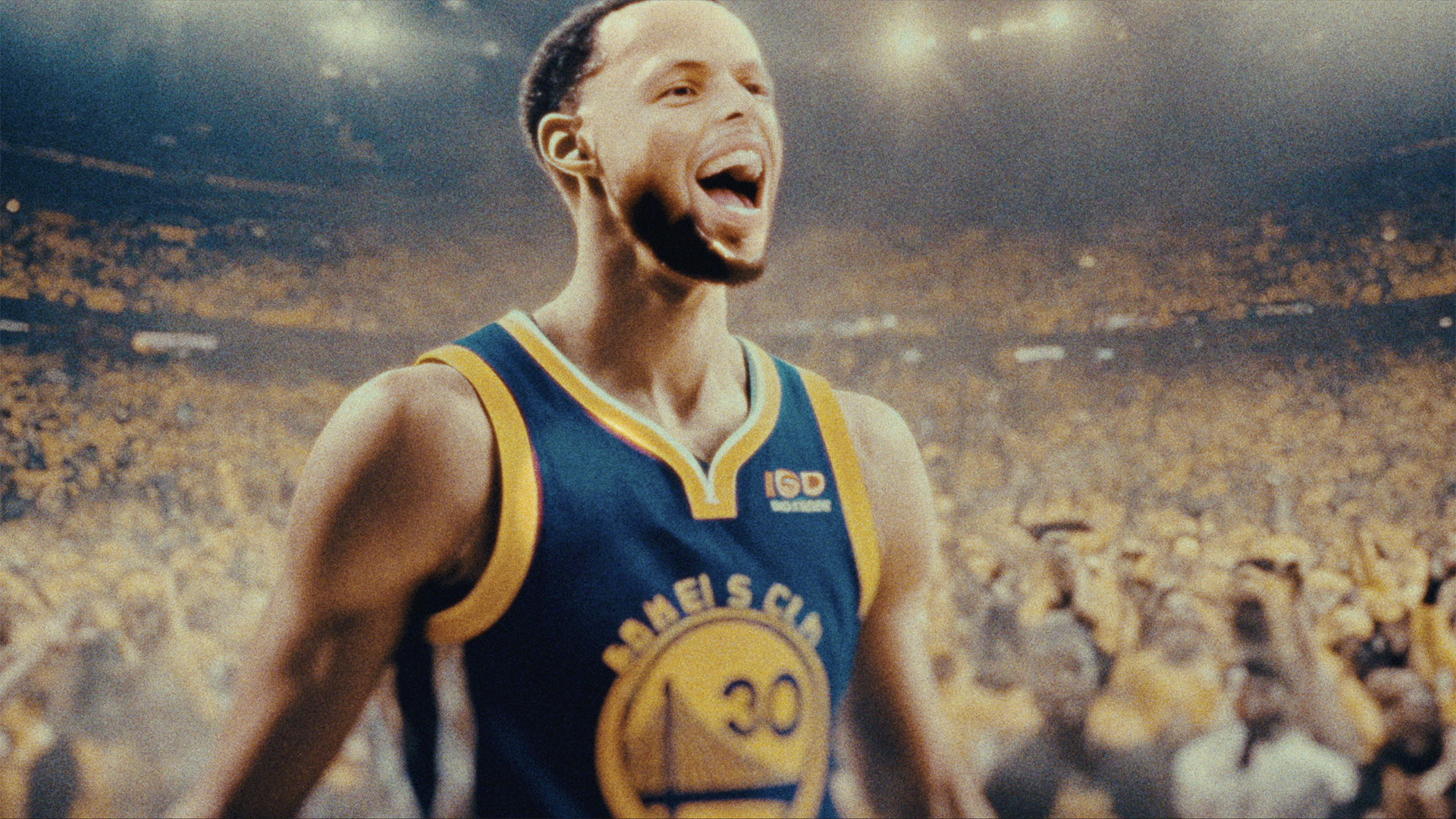
How has your style or creative approach/process evolved over time?
Less is more. I’m learning subtlety, when to hold back, and how to remain true to the story in every film I make. Cinema is an art of unbroken intentionality. Reverence in detail. The feeling and communication of each work have to be envisioned with clarity and executed beautifully for it to resonate on all levels of an audience’s mind - conscious and subconscious.
I’m learning how to flow - to accept and allow creative energy to move through me, as me - instead of forcing it, limiting it.
Another area of growth right now is a complete sense of trust in my collaborators - honoring their vision and desires for the project just as much as my own - bringing them into my innermost thoughts around a film, goals, dreams, my insecurities and struggles with elements of the films and truly working as a team.
What kind of work do you typically gravitate toward? Is it a compelling story? Technical potential?
Always both. Intimate work, infinite scale. A sense of the inner journey towards the light paired with the often challenging reality of being human. Films built with expert craft. I came up shooting much of my own work and have a strong cinematography background. How cinema is made is as deep an interest of mine as what cinema is, in and of itself.
Could you touch a bit on your original video, "Protect This House"? How did the film come about?
Under Armour worked closely with me to reimagine its iconic “Protect this House” campaign for its 20th anniversary, which focused entirely on basketball and featured its top athlete, the legendary Stephen Curry. We wanted to feel how basketball teams come together as one family and glimpse what it takes to be a champion.
It was true to life capturing the hard work one truly has to do to be the best and unearth one’s highest potential. Alongside Steph Curry, we featured athletes like WNBA Champion Kelsey Plum, University of South Carolina alumni and now WNBA star Aliyah Boston, H.S. basketball top star Bryson Tucker, and more. We payed homage to every level of basketball and had one film that highlighted the current champion in each from NBA to WNBA to NCAA and H.S. level all at once.
Under Armour is not a brand that shies away from the reality of sport - it’s not just “play” and “creativity”. Being a champion is not for “everyone”. Difficult things take a concerted effort, time, and belief in one’s dreams. I love the blunt honesty in that.
Click here to learn more about the campaign.
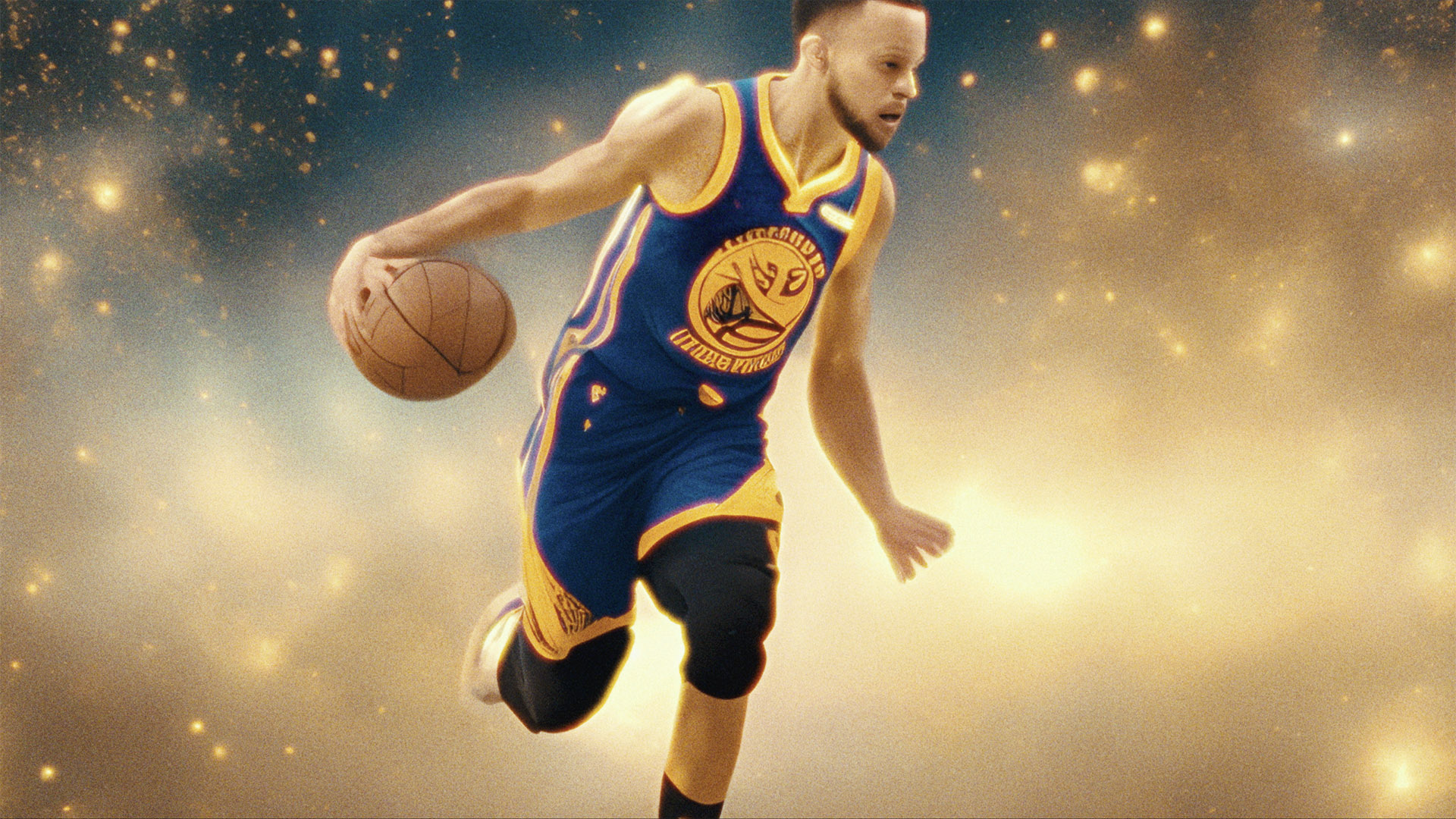
What's the story or inspiration behind "Protect the Dream"? What was the main motivation there?
My background in Psychology and Neuroscience and my time working at Stanford’s Human Performance Lab drive a deep interest in sports psychology- the states of minds athletes inhabit when performing what feels like super-human performances. The inner world behind the outer experience we as fans are blessed to see.
As I began looking at A.I. and text-to-video models, I was both intrigued and frustrated by their aesthetic. The morphing, aberrations, and literal “mistakes” of intention. I said earlier, “cinema is an art of unbroken intentionality,” and yet here I was stuck with inputs to the process that were “mistakes” and “imperfect” and by nature “unintentional.” I chucked A.I. on the shelf as interesting but not workable.
I then came across a random Twitter post that essentially said, “A.I. video is the closest visual style I’ve seen to how my dreams feel at night”. This jumpstarted my creativity, and I realized I could embrace the aesthetic and experiment. The inner world of an athlete - their dreams could be visualized in a rough but interesting way.
I already had a beautiful award-winning commercial on my hands with “Protect This House” but in re-imagining that within an A.I. context I fell in love with the prospect of going further into Stephen Curry’s mind and inner experience.
What does it feel like to be limitless? What does a champion who has won it all (4 times) and played 15 seasons still dream about? Where do they go when they dream?
How were you introduced to Runway, or generative AI in general? Have you experimented with AI in your workflows previous to this project?
I’ve been keeping up with all the advances in generative A.I. and Runway Gen2 is a competitive front-runner. Tools like Midjourney fascinated me when they first arrived, and I used them to visualize everything from storyboards to wardrobe, make-up, framing, and cinematography for my teams on various commercial projects. A.I. essentially became another tool for helping me to reference what is in my mind and share that with my teams.
What made you make the choice to fully generate the film?
My production company Tool is at the forefront of marrying filmic storytelling and A.I. workflow. They’ve held several inspiration sessions for the directors on the roster, exposing us to different types of AI software and techniques. Over several calls with Dustin, the President at Tool, we talked about the best way to kick-start developing an experimental piece of content using AI.
This got me thinking - how can I re-imagine the narrative of the original commercial without doing another live action shoot? I’ve seen many all - A.I. films online, but they often miss a deeper understanding of what makes ‘cinema’ cinema. It's not just visuals - it’s sound design, score, editing and pacing, color, grain ..in short a total feeling. I wanted to create the world’s first A.I. generated sports commercial for Under Armour and it was fun to succeed in doing so.
We worked with Lime Studios on sound design to create immersion and with composer Luke Atencio to create an epic sonic world for our visuals to live in. Our editor Rex Kane-Hart of Cabin Edit is also a master of match cuts, and we had to get extremely creative with working around the ‘errors’ of A.I. outputs. He and I together generated, at times, 30 to 40 renders per shot that we actually included in the final output just to get something that worked for the edit.
I wanted to experiment with Runway and see how far I could push the tool. This is experiment 001. As the tools develop, I know we’ll reach greater levels of photorealism, which will soon make this piece feel completely outdated and archaic. We’ll look back in only a few months and laugh at the quality. And I love that this is the case - the technology and pace of development we’re collectively on is insane right now.
It’s a liberating feeling to sit at home and type out fantastical scenes and visions in my mind and see them visualized. Runway will soon reach a level of photorealism that Midjourney has achieved in still images. It’s an exciting time in creativity, and I don’t fear it - I’m embracing it fully.
The need for a director is now more critical than ever. The need for a sound designer, composer, editor, and colorist has only grown, not diminished. These films don’t make themselves. A.I. is a footage base generator and a tool in the process - it is not replacing the cinema process in and of itself.

Can you walk us through the process of actually creating the "Protect the Dream"?
Sure, I began with a concept sketch. Questions that guided the flow. A sense of the feeling I wanted to create. The worlds to play in.
From there, I built a short script with beats of all the major story elements I wanted to hit and how they were interrelated. I took that script and then ideated in Chat GPT-4, asking it to research countless Stephen Curry articles, interviews, and his style of speaking. I prompted GPT to deliver poetic lines that speak to his approach to basketball as well as spirituality. After many iterations, I took those voiceover lines and reworked them - discarded what wasn’t useful, kept the rest, and simplified them.
I then built a voice model of Steph Curry using Eleven Labs based on his 2015 MVP speech, as a somewhat clean audio input is needed. I took the script, got the A.I. voice recordings, then timed them out to the edit.
I then ran the story and concept by my friend and thought partner Julian Jimarez Howard and we honed in on what the core of the idea is - this sense of feeling limitless.
This was followed by a deep dive into Runway Gen 2 text-to-video and image-to-video. About 80% of the film is Runway Gen2 text-to-video. Rex and I generated hundreds of clips before finding the ones we liked. We then began building a general edit with these.
From here, we entered a visual finishing process with the support of Tyler Cohen, Creative Director at Tool. Tyler used tools like Akool to fix Steph Curry’s face, and he also used Adobe Photoshop generative fill to fix hands and jersey numbers and remove aspects of the image we didn’t like.
Rex, in a final step, used Topaz.Ai to up-res everything further. He also used Davinci Resolve to color and grain the entire piece.
Sonically, Michael Baran at Lime Studios jumped on board with us, creating a world outside the visuals that helped instill greater immersion.
The issue with current generative A.I. is motion/action. We couldn’t get Steph Curry to shoot a ball or dribble a ball. So we had to create a sense of motion and movement using sound. Giving the mind sounds it already knows and agrees with helps it believe deeper in visuals that are not photorealistic.
Luke Atencio brought it all together with a custom cinematic score that helped the film come alive and have a heart, an emotional resonance. We worked on finding the core of the film, which is this sense of ‘athletic enlightenment’ - a releasing of oneself, this flow that Steph Curry so deeply embodies. What is the sound of dreams?
How are you thinking about Generative AI and incorporating it into your traditional filmmaking and workflows?
I work at the cutting edge of cinematic commercial content - our quality bar is extremely high - everything we do these days is shot on Arri 35, Sony Venice 2, and Panavision glass by extraordinarily talented DPs like Max Goldman, Farhad Ghaderi, Macgregor, and many others. It’s beautifully production-designed and intentional. A.I. generative video is nowhere near this level yet.
I see A.I. as doing some things well. It can be used as a visualization tool, helping me time out storyboards, test concepts, and create references for my teams that I can’t find etc. Also, my production company Tool is already incorporating it into some VFX shots, which allows more time and money to be put back into other aspects of the production. I also see it being used to create new hybrid versions of commercials and music videos, where we shoot traditional live action and mix it with specific shots generated in A.I. that a) make sense for the creative and b) may be more economical than another shoot day.
In the long term, as greater photorealism and action are achieved, we’re looking at a new tool in the toolkit.
There will also be a proliferation of completely low-quality video and poorly edited content - and the need for tastemakers, directors, and curators will be ever more important. Where’s the signal among the noise?
I love cinema. I love the soul in live performances, real actors, and tangible human moments. We’re artists who observe, reflect, and transmute life. The recent negotiations by SAG-AFTRA, the DGA, and the WGA are all key in maintaining protections for human creators as A.I. develops. There is more to be done yet, and I’m positive that filmmakers will continue to have a strong voice in how these tools develop and are used wisely.
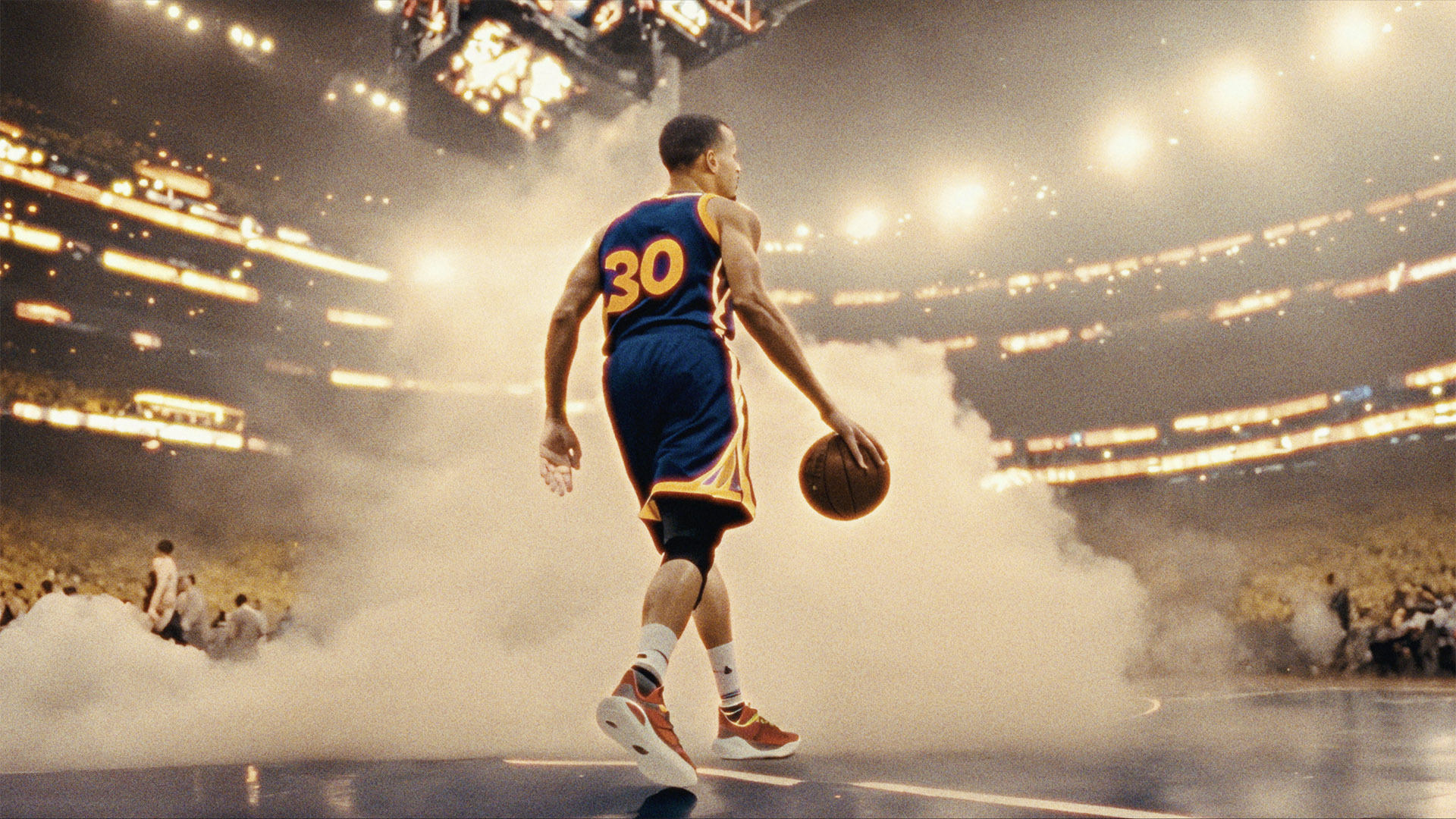
Credits
Production Company
Tool President
Managing Director
Director
Writer / Concept
DP / Promp Engineering
Editor
Finishing
Composer
Sound Mix
Sound Designer
Sound Exec Producer
Colorist
Special Thanks
Tool
Dustin Callif
Nancy Hacohen
Wes Walker
Wes Walker
Wes Walker & Rex Kane-Hart
Rex Kane-Hart at Cabin Edit
Tyler Cohen, Creative Director at Tool
Luke Atencio
Luke Atencio
Michael Baran at Limestudios
Susie Boyajan at Limestudios
Rex Kane-Hart
Julian A. Jimarez Howard
